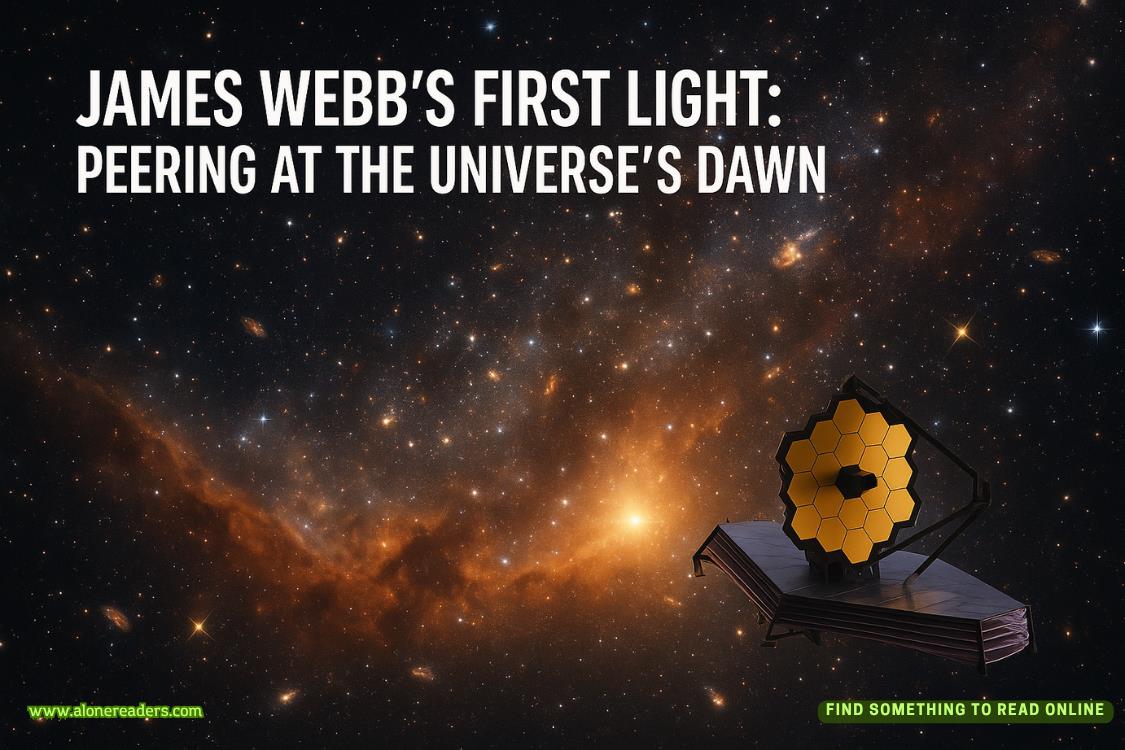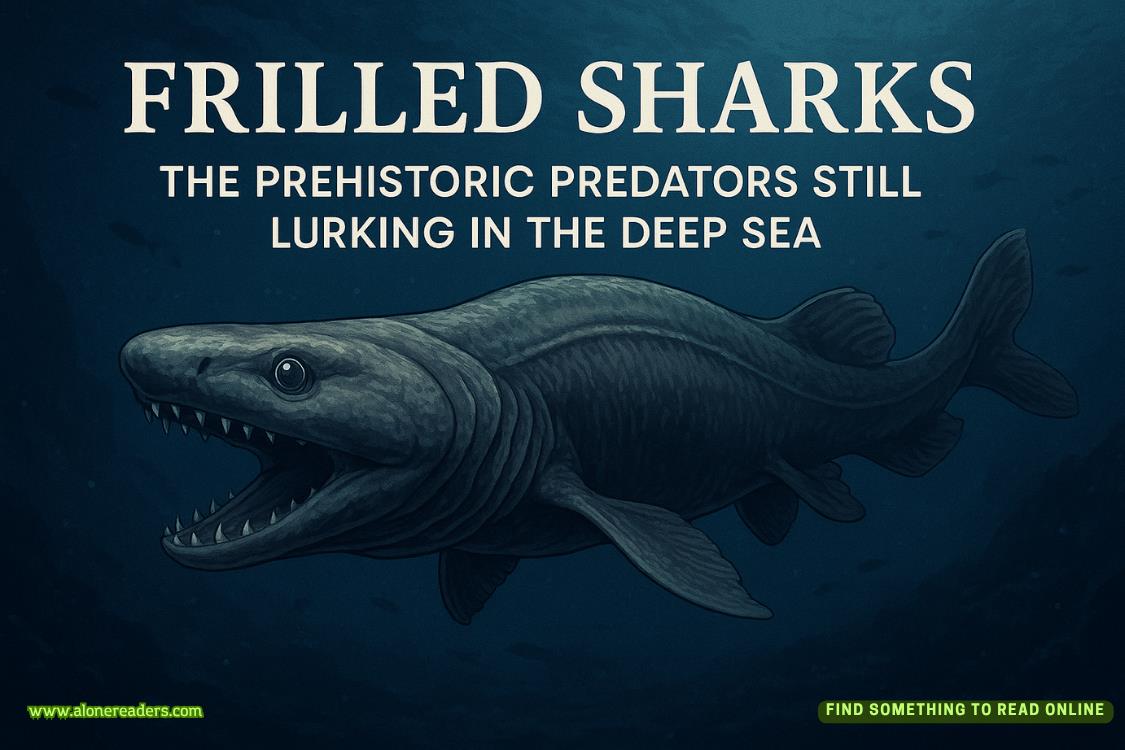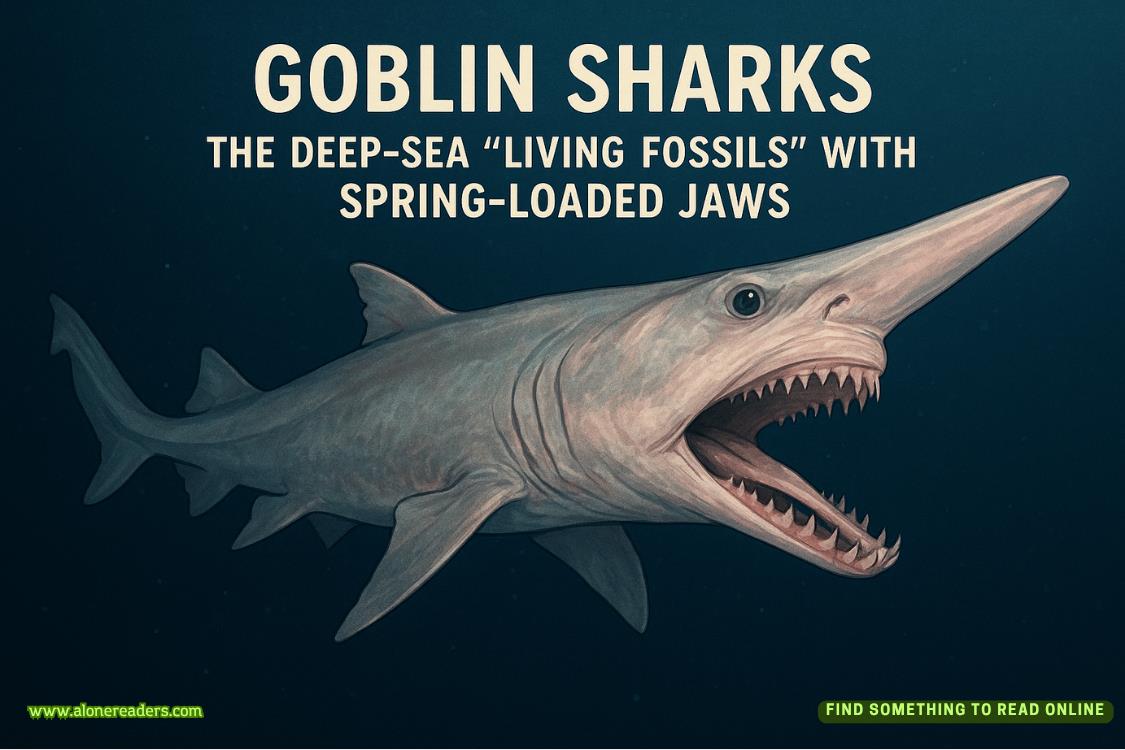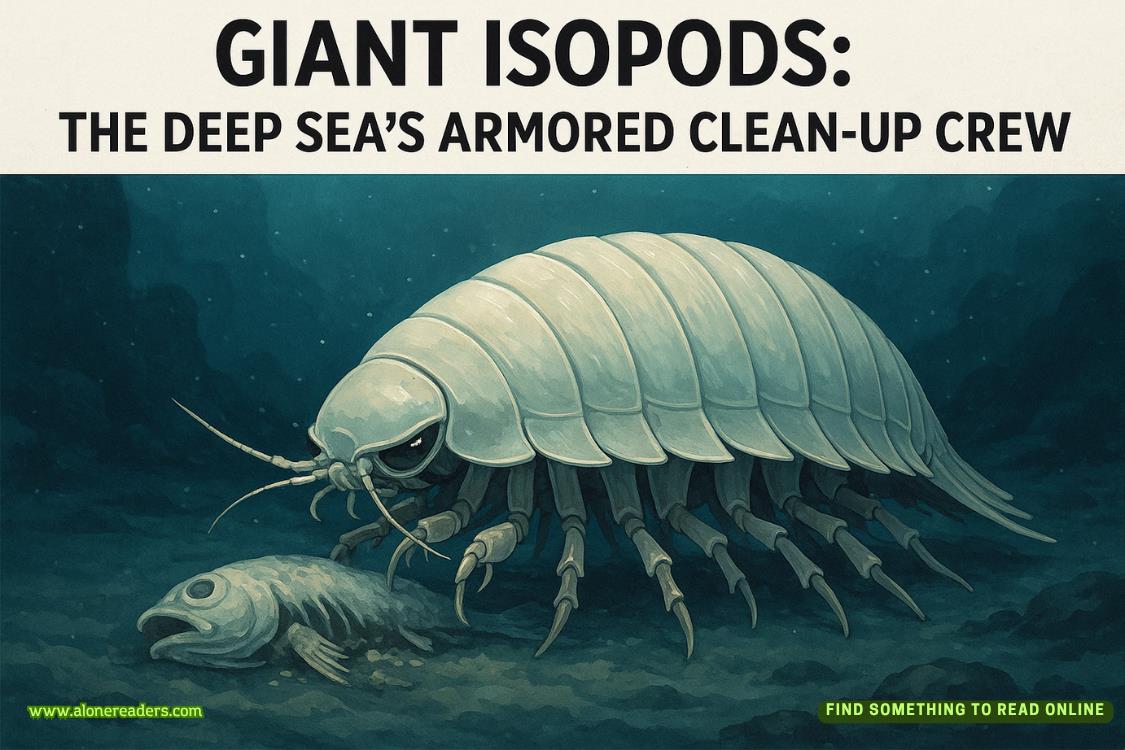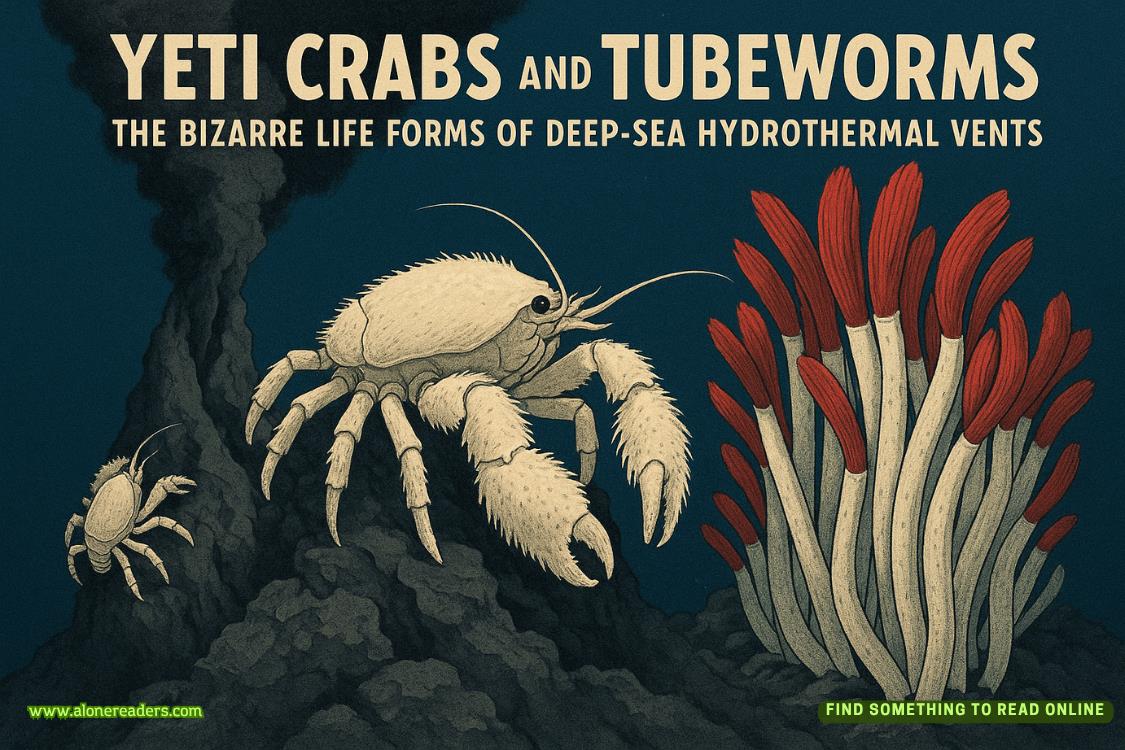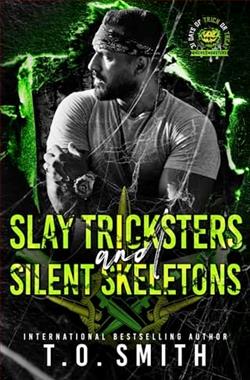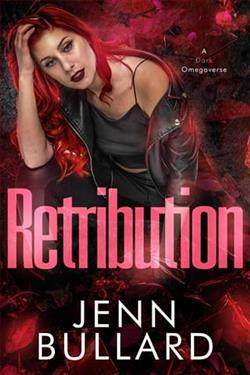Page 25 of The Texas Murders
Or a disaster.
For now, though, it feels good just to begin falling for someone.
Part of me feels like we could continue this way until the sun rises—talking, kissing, getting to know each other—but we both agree we need to get some sleep. She’s teaching in the morning, and I’m due at the Pueblo to meet up with Ava Cruz. I’m not going to change Ava’s opinion of the Texas Rangers if I show up bleary-eyed and asleep on my feet.
I walk Megan to the parking lot, where the air has grown cool. That’s one nice thing about being in the dry climate of far western Texas as opposed to the humid central part of the state—the temperature cools considerably when the sun goes down.
Before parting ways, Megan wraps her arms around my neck and kisses me again, long and sensually. I slide my hands to the small of her back and hold her firmly against my body. I love the way she feels in my arms.
“I better go,” she says finally, and climbs into her truck, an old Dodge Dakota. Before driving away, she rolls down the window and throws an elbow out. “Come back tomorrow night,” she says, then checks her watch and adds, “Or tonight, I guess it is.”
“I will if I can.”
“And bring your guitar,” she says with a grin. “You can sit on the stage and play a few cover songs for my customers.”
After she drives off, I climb into my Ford and start the engine. My headlights illuminate the only other car in the parking lot, and I catch a glimpse of movement behind the window. My truck’s elevated position allows me to seeinside. The front seat is leaned back all the way, and a human is lying inside.
I step out of my truck and approach the Nissan Sentra.
Megan’s mentor, Neil Stephenson—Dr. Neil Stephenson—is passed out in the driver’s seat.
He had told us he called an Uber, but apparently he decided to sleep off his drunkenness instead. At least he’s not driving, I think. I watch him for a minute to make sure he’s breathing, then I climb back into my truck and drive off, having had only two beers myself, the last of them finished off a good ninety minutes ago.
As I drive away, it occurs to me that Megan’s mentor might have hidden in his car, jealously waiting to see how long Megan and I stayed behind together. When I first noticed him, I thought I saw movement. Maybe he was spying on us as we kissed in the parking lot. Then pretending to sleep.
I tell myself I’m being paranoid, and I let my thoughts drift back to Megan, the feel of her body pressed against mine.
I’m already looking forward to going back tonight so I can kiss her again.
CHAPTER 19
YSLETA DEL SUR PUEBLO might have once stood off on its own, away from El Paso, but the reservation has been subsumed by the growth of the El Paso suburbs. As Carlos and I drive to meet Ava Cruz in the morning, I can’t tell where the federally designated tribal land even begins. The neighborhoods don’t look demonstrably different from those in the surrounding areas: brick houses with mortared stone fences and juniper and cypress trees growing in the patchy yards.
We pass a beautiful old Spanish-style mission. Next door is a large building with a sign readingSPEAKINGROCKENTERTAINMENTCENTER, which Carlos says used to be a full-fledged tribal casino but has since been downgraded to just slots and bingo. There’s a billboard advertising an upcoming concert for a heavy metal band I’ve never heard of.
Down the street, we drive past an old, boarded-upcommunity center. Workers driving heavy machinery are digging up the lot across the street, with a sign advertising a new community center scheduled to open next year.
A minute later, I pull my truck into the parking lot of the Ysleta del Sur Pueblo Judicial Facility, one of the bigger adobe structures on the Pueblo, containing both the police department and the courthouse. The front lawn is green and well maintained, a sharp contrast to the mostly brown yards in the Pueblo and surrounding city. The wordsTRIBALPOLICEDEPARTMENTare stenciled in large red letters above the door of the left wing of the building. I park next to a tribal police SUV. The Ysleta del Sur logo is displayed on the vehicle’s white door, showing a star, a bald eagle head, and two feathers, which—unlike the feathers found at the crime scene—are white with black tips.
We tell the receptionist who we’re here to see, and Ava doesn’t leave us waiting for long. She comes out to greet us wearing her blue uniform and her hair pulled back in a braid, exactly how I saw her at the shooting competition.
She gestures for us to follow her, and she leads us to an investigation room, where photos and notes are pinned to the walls, stacks of paperwork and file folders cover a table, and evidence boxes fill one corner. An older-model box TV sits on a rolling metal stand. The garbage can by the door is full of paper coffee cups and discarded take-out boxes—giving me the impression that Ava has been working day and night on this case.
Ava points to an eight-by-eleven photograph taped to the wall of a young Native American woman with a bright,enthusiastic smile. Her long straight hair cascades down her shoulders and out of the frame. The picture looks like a senior high school portrait.
“This is Marta Rivera,” she says. “Age nineteen. Lives with her mom here on the Pueblo. Went missing ten days ago. No sign of struggle. No witnesses who noticed anything suspicious. Nothing to suggest she ran away, either. No clothes missing or anything like that. It’s like she just vanished,” Ava adds, snapping her finger loudly, “into thin air.”
“Does she go to college?” I ask.
“She works full-time at the rec center and takes some classes online from Arizona State.”
There goes my idea that maybe she and Fiona Martinez, who attends El Paso Community College, are classmates.
Ava tells us that since we called her yesterday, she’s asked Marta’s mom if she saw any out-of-place eagle feathers after her daughter went missing.
The answer was no.
“But,” Ava adds, “I also looked into your blue panel van.”



